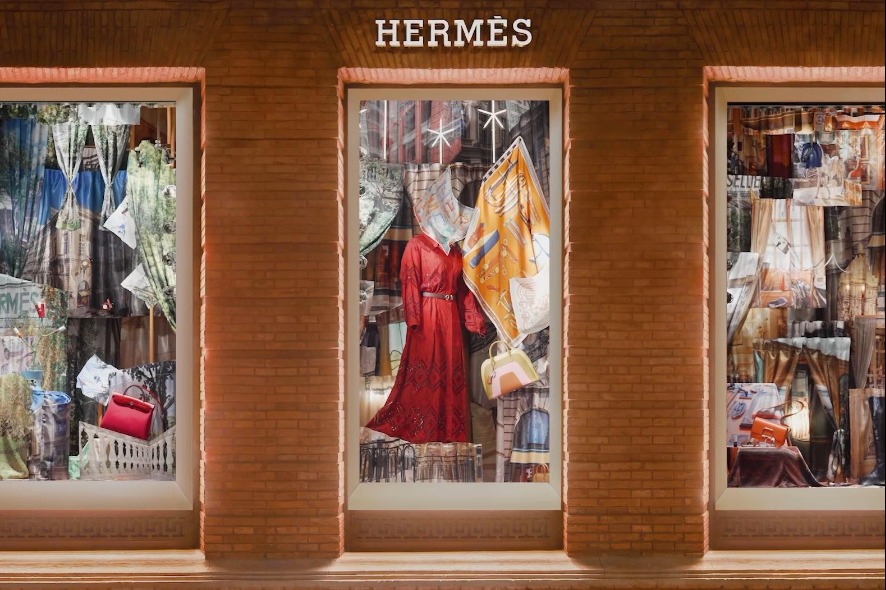Dragon boats and dumplings


In my grandmother's Fujianese household, the making of zongzi every year before Duanwu was a major undertaking.
Bundles of dried bamboo leaves had to be washed and individually scrubbed clean, then wiped dry.
Sacks of glutinous rice had to be carefully picked through and then soaked. Mung beans, too, had to be soaked and their skins laboriously removed.
Dried Chinese mushrooms would have their stems clipped off and then be rehydrated until they were nice and plump again. Similarly, dried chestnuts were soaked, and then the skin that was caught in the wrinkled folds of their flesh was carefully tweezered off.
Dozens of salted duck eggs had to be cracked, and their yolks removed. My grandmother insisted on using whole yolks for each of her dumplings, so we used up a lot of duck eggs.
Then, the special orders of pork would arrive and there would be a lot of cutting and seasoning. Every year, cases of top-quality soy sauces and the best five-spice powder went into the pots of carefully cut belly pork and chunks of lean pork leg.
On the day my grandma prepared to wrap the zongzi, bamboo poles would go up in the courtyard ready to hang the dumplings. And huge pots of boiling water would be started on the charcoal burners specially reserved for dumpling-making.
One of the aunts would be put in charge of the fires, armed with long tongs and gunnysacks of charcoal.
At the other end of the courtyard, the production line would start, with my grandmother leading the pack. It was she who would fold the dumplings into perfect pyramids, tying them with sea grass into neat bundles of 20, always with practiced ease.
Then, another aunt would bring the bundles over to be boiled.
Four to five hours later, the hot, dripping bundles would be hung up to dry on bamboo poles.
For the children, my grandmother also made tiny sweet pyramids of alkaline rice dumplings, which were golden yellow and chewy. These were dipped into granulated sugar or honey and would make us very happy.
The relatives who were given my grandmother's dumplings were always equally appreciative.
In the northern part of China, they prefer their dumplings sweetened with the addition of red bean paste or a puree of Chinese jujubes. The glutinous rice may also be mixed with millet or red beans.
Lotus nuts, candied osmanthus flowers and sweet chestnuts are other variations.
Whether it be sweet or savory, the dumpling is a food that is most representative of the Duanwu festivities, not just in China, but wherever Chinese communities are gathered in the world.



































